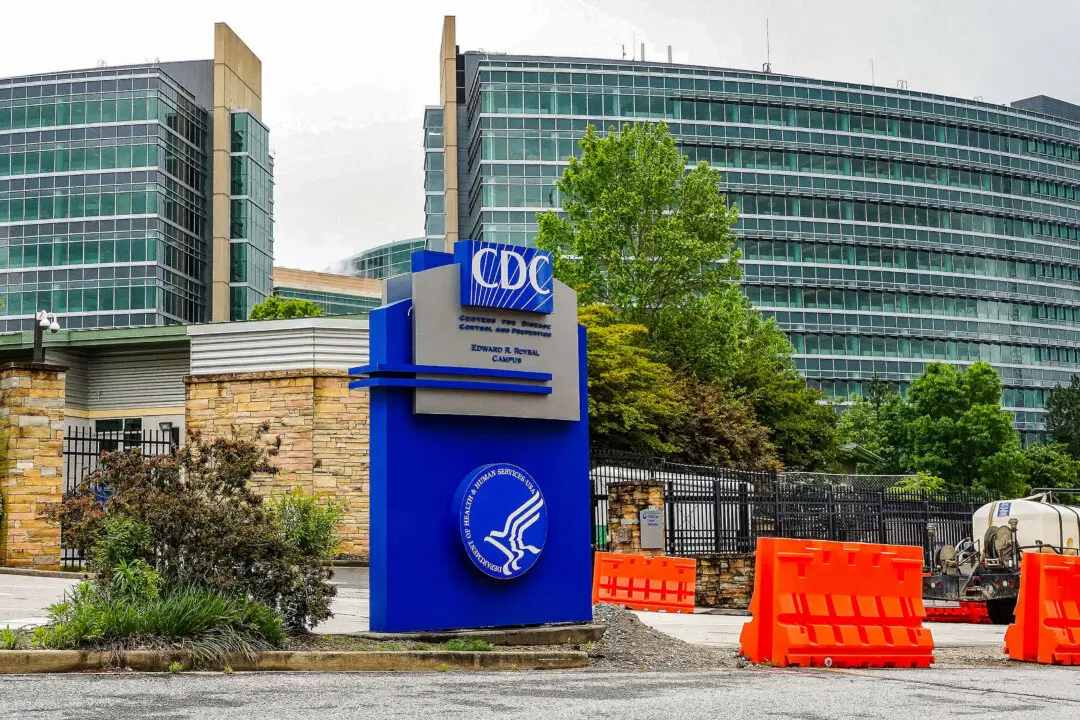Dr. Michael Ryan, a top World Health Organization (WHO) official, revealed why the organization is not classifying the COVID-19 outbreak as a global pandemic.
“I think we need to be extremely cautious in using the term ‘pandemic.’ We had lots of controversies during the H1N1 situation, around when it was pandemic and when it wasn’t pandemic, and I think we need to be careful,” he said, referring to the swine flu virus.





